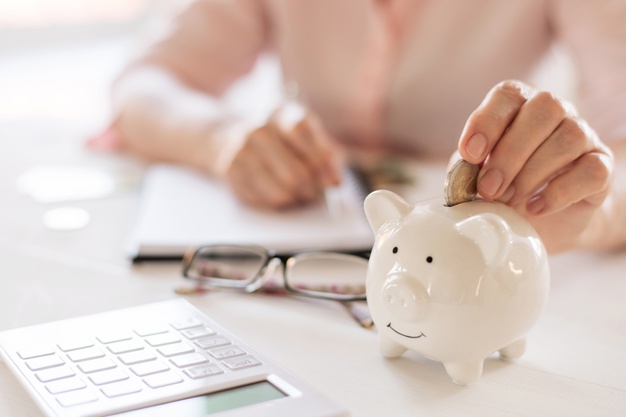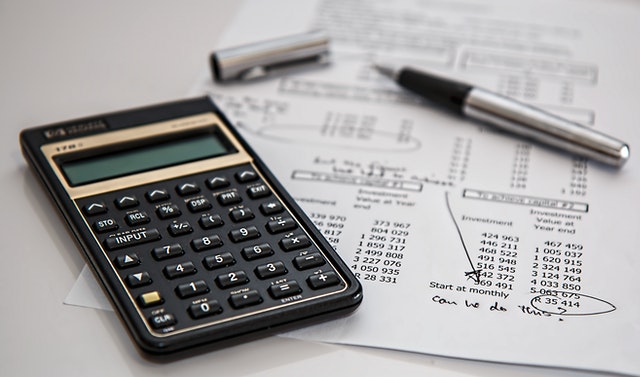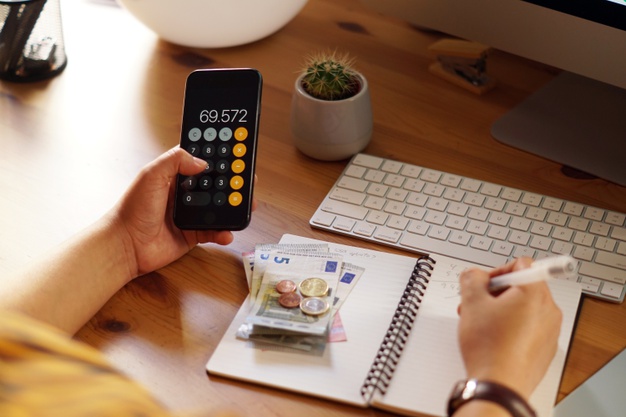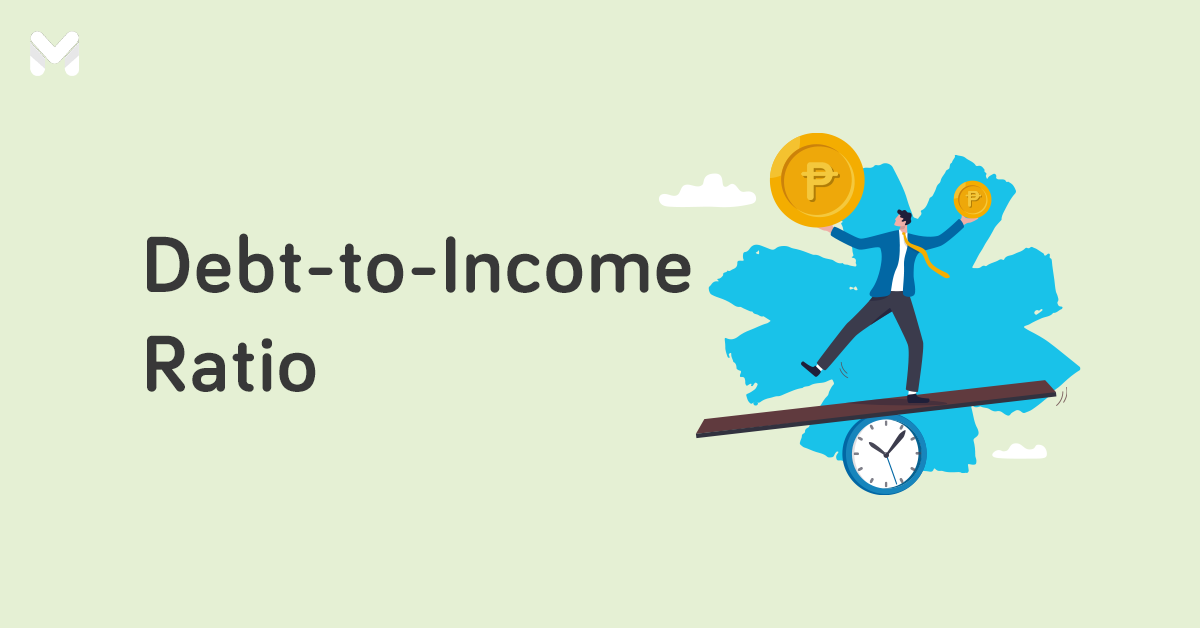By now, you already know the importance of setting aside money for savings. But what about an emergency fund? You might end up with a medical emergency or lose your job. It’s always best to prepare your wallet for the worst.
Setting up an emergency fund will leave yet another dent in your wallet. But you’ll be getting financial adulthood security in exchange.
If you didn’t know about this type of savings fund, you’re not alone. More importantly, it’s not too late to build one. Get started with your own rainy day fund and follow these helpful tips on how to start an emergency fund in the Philippines.
What is an Emergency Fund?
An emergency fund is a readily available source of cash for unforeseen expenses or situations. Separate from your savings and investments, it allows you to prepare financially for events like unemployment, medical emergencies, home repair, and car repair.
That's why it's also called a rainy day fund. You never know when it will rain, just like you never know when a financial crisis will come.
What is the Difference Between Savings and Emergency Funds?
Savings are often used to fund a specific goal, like buying a new piece of furniture, making a down payment for a house, or purchasing airline tickets. You save for planned expenses and goals.
An emergency fund, on the other hand, covers major unexpected, uncommon, and urgent expenses. It's a fund you can use so that you don't drown in debt trying to pay for an unplanned expense.
Do You Really Need an Emergency Fund?

Some people are torn about the importance of an emergency fund. Financial expert Randell Tiongson believes having one is essential.
“It is foolish to think that we will never undergo an emergency in life, and most of the time, emergencies cost a lot of money,” he said. Tiongson also recommends saving for up three to six months’ worth of expenses.[1]
On the other hand, Lisa Aberle of Get Rich Slowly argues you don't need an emergency fund when you know how much you're spending on a regular basis.[2] "You begin to see trends in your spending that can help you plan even better for the future. Everything becomes more predictable," she says.
While both sides make valid points, some indicators can help you decide if you need an emergency fund or not. If these all apply to you, then building an emergency fund is optional:
- You have very little, or no debt to speak of.
- You have more than one source of income.
- You have adequate insurance.
But even if you're financially secure, an emergency fund will come in useful, especially during a crisis like the COVID-19 pandemic. Emergencies happen when you least expect them—even if your expenses have become predictable.
It's essential to prepare a financial recovery plan. If you're like most Filipinos who live with their extended families, it's hard to predict your monthly expenses anyway. It's always useful to have a rainy-day fund for everything unexpected.
Who Needs to Have an Emergency Fund in the Philippines?
Everyone should have an emergency fund. If you have a family to support and bills to pay, then you need an emergency fund as a financial security blanket. It can help keep you afloat when you suddenly lose your job, have a medical emergency, or need to pay for a major car or house repair. Any unexpected expense can be covered by an emergency fund.
How Much Emergency Fund Do You Need?
As Tiongson mentioned above, the general rule of thumb for building an emergency fund in the Philippines is to save an amount equivalent to your salary for three to six months.[3]
That should cover medical fees, car repairs, daily expenses brought by unemployment, and other emergencies. And before you ask, buying new clothes or gadgets doesn’t count as an emergency.
Read more: 7 Most Common Money Mistakes to Avoid in Your 20s
Why Do You Need an Emergency Fund?

Part of being a responsible adult is preparing for any kind of financial emergency. It's good to put away money that you can readily access should you have a financial emergency.
But when should you use your emergency fund? Can you use it to pay for a vacation, a shopping spree, or a gadget upgrade?
Remember that you can use your emergency fund for any expense related to saving or protecting your health, assets, and your overall financial future. You can withdraw money from your emergency fund for the reasons listed below:
Cover Medical Expenses When You or Your Loved Ones Get Sick
Any medical situation, from a runny nose to major surgery, costs money. Unfortunately, not all companies in the Philippines offer paid sick leaves or medical assistance. And when they do, there are still terms and conditions that must be met. In short, not all expenses are covered.
Some offer a maximum amount of health and medical coverage, and others don't cover the cost of medicines. It’s always on a case-to-case basis.
But if you have an emergency fund, you don’t need to stress yourself out. You can use your emergency fund to cover medical expenses while you wait for your insurance provider to reimburse you.
Buy Essentials and Pay Bills When You Lose Your Job
If you unexpectedly lose your main source of income, you'll wish you had money stored somewhere. The sad reality is when you lose your job, utility bills will still keep coming. You'll still need to buy your essentials. An emergency fund will help you pay the bills and stock the fridge until you find your next job.
Pay for Home, Car, or Gadget Repairs
Whether it’s a flat tire or a broken phone, you'll need to shell out money to have it repaired. Automobile, home, and other types of repairs never come cheap. But if you prepare yourself for emergencies like these, it's a tremendous relief.
Cover Any Unforeseen Expenses
You have to prepare yourself for the unexpected. It doesn't have to be a negative emergency, either.
What if you need to fund a surprise family trip? What if you need to buy wedding gifts for a friend who's about to get married? What if you need to buy furniture for your new apartment?
Always be prepared because, after all, life can surprise you in more ways than one.
How to Start an Emergency Fund in the Philippines
A lot of Filipinos put off starting an emergency fund because they think it entails a lot of money. But you can start small and gradually work your way towards a bigger and more robust emergency fund.
1. Adjust Your Monthly Budget

As mundane as it seems, creating a budget is an essential step in making any financial decision. If you haven’t done so already, start the habit of creating a budget every month so you can manage your money better. But if you’re already following your own, adjust it so you can find room for your emergency fund savings.
If possible, prioritize your emergency fund the way you prioritize your savings. If your current budget can’t accommodate it, start trimming some expenses. Try to explore ways to save more, like cooking meals at home instead of eating out, carpooling instead of using expensive ride-hailing apps, or unsubscribing from streaming services.
2. Aim for a Lower Initial Amount
While a standard emergency fund should support you for three to six months, it doesn’t mean you need to aim for a high amount straightaway. If you’re just starting your rainy-day fund, try setting a low target that is reachable in a short amount of time. You can even use an emergency fund calculator[4] to help you determine the right initial savings amount for you.
You can start building your rainy-day fund at ₱10,000. If you receive ₱25,000 every payday, you can set aside ₱2,500 and reach your goal in two months.
Once you get the hang of it, try raising your goal so you can build a bigger emergency fund. That way, you can secure your immediate future without starving yourself financially.
Read more: 40 Money-Saving Tips for Everyone: The Ultimate Financial Hacks List
3. Cultivate the Habit of Saving Money

It’s not enough to make saving money a habit. You need to integrate it into your way of life. Experts say you have to do something for 21 days straight before it becomes part of your system.
So for the next few days, try incorporating money-saving activities in your routine like comparing prices when buying something, cooking meals more often than ordering food delivery, and conserving energy.
Take it up a notch by getting your own piggy bank where you can store coins and smaller bills. This helps highlight how small investments can lead to big returns in the future. You can also download a money management app where you can log your spending, daily and monthly budget, and emergency fund savings computation, among others.
4. Don’t Pressure Yourself
All this savings talk can definitely overwhelm some people. That’s normal, but always remember you don’t have to suffer just to save money. You’re still free to spend on things you enjoy from time to time—within your means, of course. Starting a rainy-day fund is just setting up a safety net for when you can’t sustain your way of life anymore.
You don’t even have to set a specific amount for your fund. “Start stuffing whatever money you have into that cushion,” writes financial blogger Trent Hamm.[5] “Even a small emergency fund will make a difference.”
If you don’t want to follow the standard three to six-month rule, set your own standards. As long as you’re making an effort to save, you’ll be fine.
5. Avoid Spending It Unnecessarily

Once your emergency fund starts growing, you might feel tempted to spend some of it with the excuse that you’ll return it the next payday. As much as possible, don’t stifle its growth by spending it on non-emergency purchases. Once a real crisis emerges, you’ll be glad you kept your urges at bay because now you have enough money to take care of it.
To further prevent you from using your rainy-day fund, automate the process of saving by using an automatic savings program. You can also go old school by keeping your fund inside a secure personal vault or envelope. It's important to limit your access to your emergency fund, but not too much that you won't be able to use it when an emergency comes.
Where Should You Put Your Emergency Fund?
The best place to put your emergency fund really depends on your emergency fund goal and your risk appetite. Some options include checking or savings accounts or money market accounts. You can also put it in stocks, bonds, mutual funds, or certificates of deposit. But you should also consider how easy it'll be to get your money in case a financial emergency arises.
How Much Money Should You Have in an Emergency Fund?
One thing to remember is that an emergency fund is not a one-size-fits-all type of fund. How much should go into your emergency fund depends on your income, assets, expenses, and number of dependents.
How Much to Save Up for Emergencies: 3 Computation Steps
To find out the amount you should save, you can either use an emergency fund calculator or compute by hand. Most emergency fund calculators will require you to do the following:
1. Compute your average monthly expenses by adding up how much you spend on the following:
- Mortgage or rent
- Utilities
- Food (groceries, takeouts, and deliveries)
- Transportation (gas, car insurance, ride-hailing apps, bus rides, RFID top-ups, etc.)
- Other expenses (children's school needs, mobile phone plans, personal or lifestyle expenses, healthcare plans, clothes, etc.)
2. Once you have your total expenses, multiply the figure by three or six (the number of months your fund should be able to sustain you).
If you're self-employed or a freelancer with inconsistent income, multiply it by nine. It depends on your needs and how much you can commit to building your emergency fund.
3. Determine how much you can put away for your emergency fund. This will give you an idea of how long it will take you to achieve your emergency fund goal.
The amount you need to save for your emergency fund may look overwhelming, but that's okay. What matters is that you work on hitting this savings goal slowly but surely.
How to Grow and Maintain Your Emergency Fund

An emergency fund is something to work on for a certain period. Don't pressure yourself to achieve your savings goals in a month. Consistency is key, and following these additional steps can help as well.
1. Set Up Reminders to Deposit to Your Emergency Fund
Setting up an alarm on your phone or computer at least three days in advance can help you stay on track with your savings goal. Some banks offer such a reminder feature on their online banking platforms. UnionBank, one of the best banks for emergency funds in the Philippines, has a mobile app that allows you to set a savings goal and reminds you to put in money regularly based on that goal.
2. Earn More to Save More
It's very tempting to spend more when you receive a bonus or when you get a raise. But instead of splurging on, say, a new gadget or a designer coffee espresso machine, why not divert your extra funds to your emergency fund?
If you have a side hustle, allocate all your earnings from that to boost your emergency fund. Keep a separate account for your side gig earnings—preferably one that you cannot easily access from your phone or computer. Oftentimes, an out-of-sight, out-of-mind kind of approach to saving can be really helpful, too.
3. Keep Building Your Emergency Fund
Just because you've reached your emergency fund goals doesn't mean you should stop altogether. Keep putting money in for added financial security. Over time, your expenses may grow and your emergency fund may no longer be enough. Every time you access your emergency fund, make sure to quickly replenish it and keep adding more to it.
Final Thoughts
Don't feel like a failure if you're just learning how to start an emergency fund. There are other financial tools that can help you while you work on your emergency fund. Personal loans can be a good option during a financial emergency and can help you manage your finances until you're back on your feet.
Of course, your emergency fund won’t grow overnight. You have to start somewhere, and there’s no better time to start than right now. As long as you have the willpower and discipline for two types of saving funds, you can take care of any crisis from now on, regardless of urgency.
Start building your own emergency savings today and take one step closer to financial freedom.

Sources:
- [1] Why an Emergency Fund? (Tiongson, 2013)
- [2] Money Advice the Experts Don't Agree On: Emergency Funds (Wong, Life Hacker, 2014)
- [3] "Be prepared for surprises, have an emergency fund" (Biolena, Rappler, 2016)
- [4] Emergency Fund Calculator: How Much Will Protect You? (NerdWallet, 2020)
- [5] The Painful Truth About Your Emergency Fund (Freedman, The Simple Dollar, 2017)







_CTA_Banner.png?width=751&height=219&name=Singlife_Main_KV_(Sep_2023)_CTA_Banner.png)
_1200x350.png?width=751&height=219&name=UB_PL_Generic_2_(Jan_2025)_1200x350.png)


